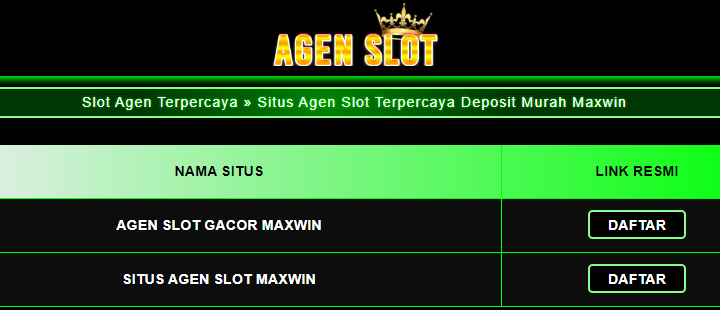Penang is undoubtedly famous for its historical buildings and beautiful temples. In Penang, you will see many beautifully designed temples scattered throughout its capital city of Georgetown. Han Jiang Ancestral Temple in Chulia Street is amongst one the many beautiful temples in Penang that you can visit here.
The magnificent Han Jiang Ancestral Temple Penang was built in 1870 when a sizeable number of Teochew Chinese from the Chaozao province of China began to settle in Penang. Originally this Penang temple was called the Teochew Kongsi, functioning as a clan association building, before it was renamed to Han Jiang Ancestral Temple in 1935. Han Jiang Ancestral Temple is known to be the best-maintained Teochew temple in all of South-east Asia and has won the 2006 UNESCO Asia-Pacific Award for cultural heritage conservation.
When you look at Han Jiang Ancestral Temple from the street you would probably be correct in mistakenly assuming that this Penang temple looks like any other Chinese temple in this island state. However, when you step into this magnificent Penang temple you will feel as if you have been transported back in time especially when you look at the temple’s well-preserved 19th century architectures.
This Penang temple was originally built with a four-point gold quadrangle design. When the Teochew community in Penang had finally prospered, an ornate Chinese-style outer gate building was added to this Penang temple. One thing that you will be interested to know about this Penang temple is that it has the largest entrance door in Penang when compared to the other clan temple buildings in this island state. It is also one of the few temples that are allowed to have three doors instead of just one or two doors. This is because the shrine of Shang Di Gong, the highest of the Chinese deity, is inside the temple thirukadaiyur.
Another interesting feature you will notice about this Penang temple is its lack of windows. This Penang temple four-point gold quadrangle design air-well is gourd-shaped which symbolises the holding of money. The absence of windows is believed to prevent money from leaking out from the temple.
If you take a look at this Penang temple massive main door panels, you will see that the panels are intricately decorated with the motifs of the imposing Door Guardians, Qin Shu Bao and Yuchi Gong, with their unique gold-coloured helmets. When you take pictures beside the door and compare your own height with it you will understand why the entrance door is considered the largest one in Penang.
If you turn your gaze upwards, you can see the typical Teochew architecture reflected in the rectangular spiral cross beams constructed above the main cross beam. Take a wander into the outer hall of this Penang temple and you will see the beautiful altar dedicated to the Teochew patron deity who is known as the Taoist god of the north. There are also a lot of stone ancestral tablets placed here. Above this altar is a written plaque with gold letterings.
The second hall of this Penang Temple houses the shrine of Shang Di Gong. You will notice that the big courtyard of the second hall is tiled with granite slabs and has several plants such as pomegranates, lotus and bamboos growing here. As you look at the gateway, you can see the statues of three carps. Meanwhile the rooftop is decorated with two beautiful statues of green dragons. It is believed that once the carps jumped the gate they will be transformed into dragons.
You can see three altars with incense urns in this Penang temple third hall. There are also ancestral tablets containing the names of the Teochew community’s forefathers and community leaders. From the numerous ancestral tablets placed here you can really have a sense that Han Jiang Ancestral Temple emphasises on honouring the legacy of the previous generations who made their home in Penang.
When you are in Penang, don’t miss out visiting this captivating piece of local Teochew cultural heritage. You will indeed appreciate the sense of history that this magnificent Penang temple gives out to its visitors. Let’s make this wonderful Penang temple on the top of your must-visit places list.



